In Minecraft, trees are more than just a source of wood; they're vital for crafting, building, and even farming. This guide delves into the twelve types of trees available in the game, highlighting their unique features and how to utilize them effectively for various in-game activities.
Table of Contents
- Oak
- Birch
- Spruce
- Jungle
- Acacia
- Dark Oak
- Pale Oak
- Mangrove
- Warped
- Crimson
- Cherry
- Azalea
Oak
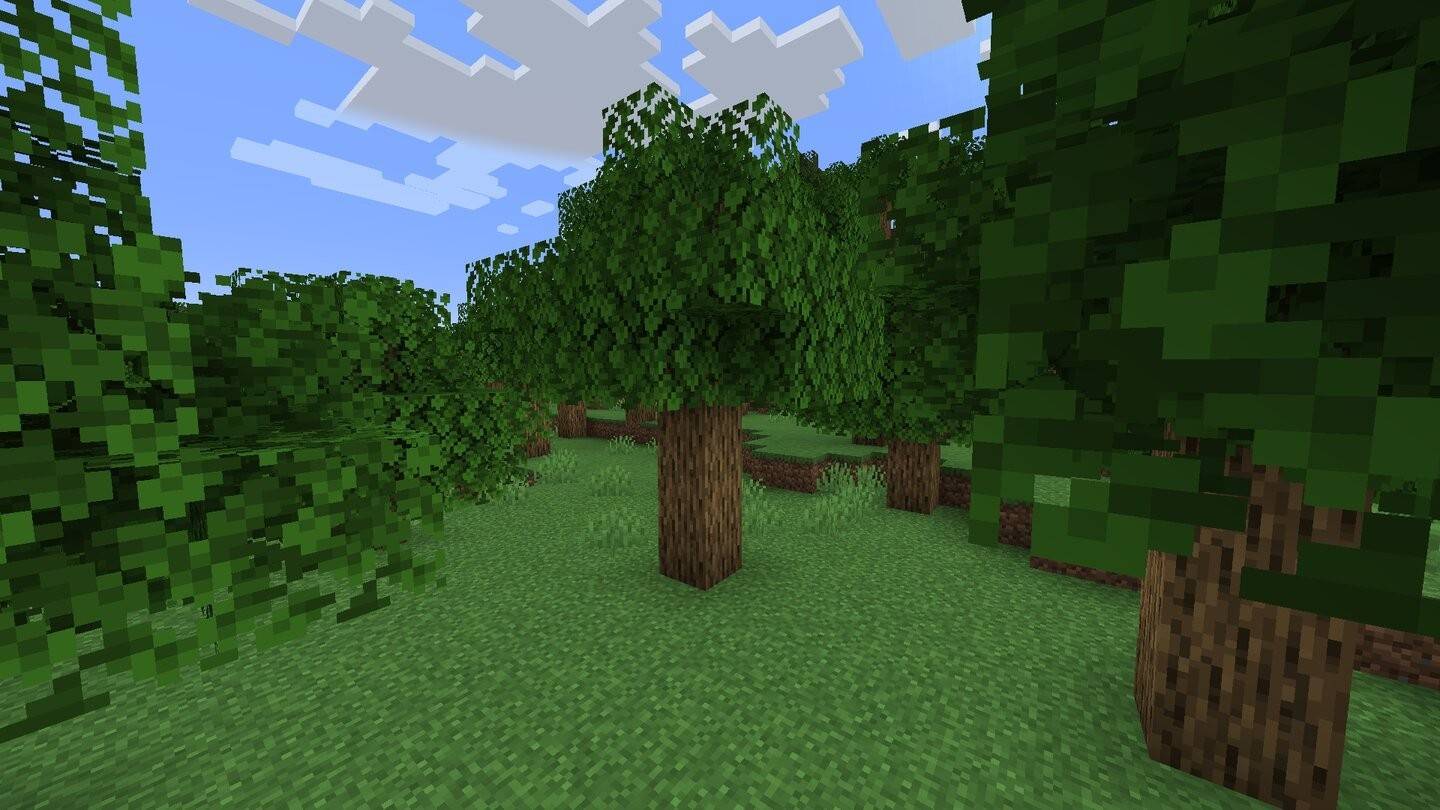 Image: ensigame.com
Image: ensigame.com
Oak trees are ubiquitous, found in most biomes except deserts and icy tundras. Their versatility makes them ideal for crafting essentials like planks, sticks, fences, and ladders. Oak trees drop apples, which serve as early-game food or ingredients for golden apples. With its neutral tone, oak wood is perfect for a wide range of builds, from rustic cottages to urban structures.
Birch
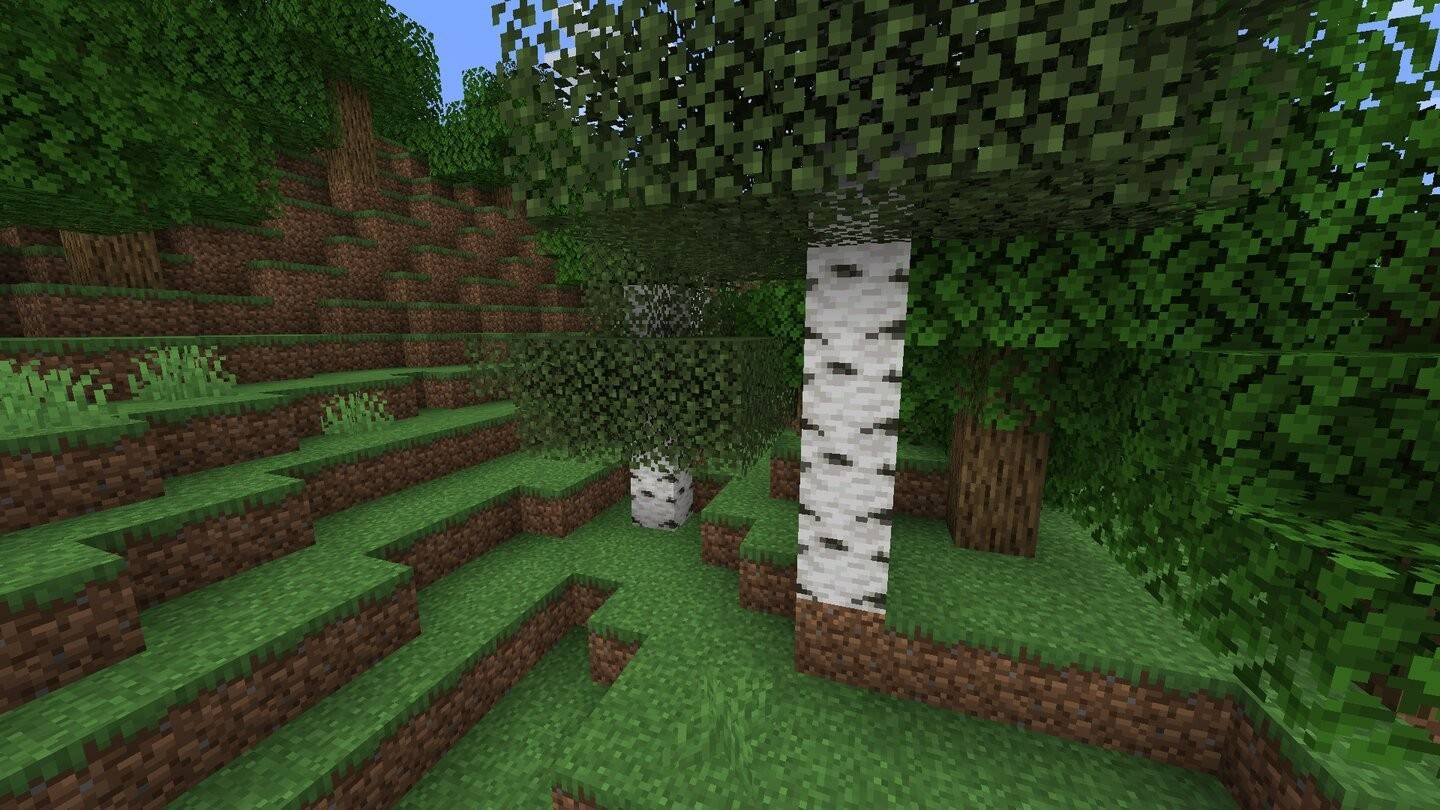 Image: ensigame.com
Image: ensigame.com
Birch trees, with their light wood and distinctive pattern, thrive in birch forests and mixed biomes. They are favored for modern and minimalist designs, enhancing interiors with their brightness when paired with stone and glass.
Spruce
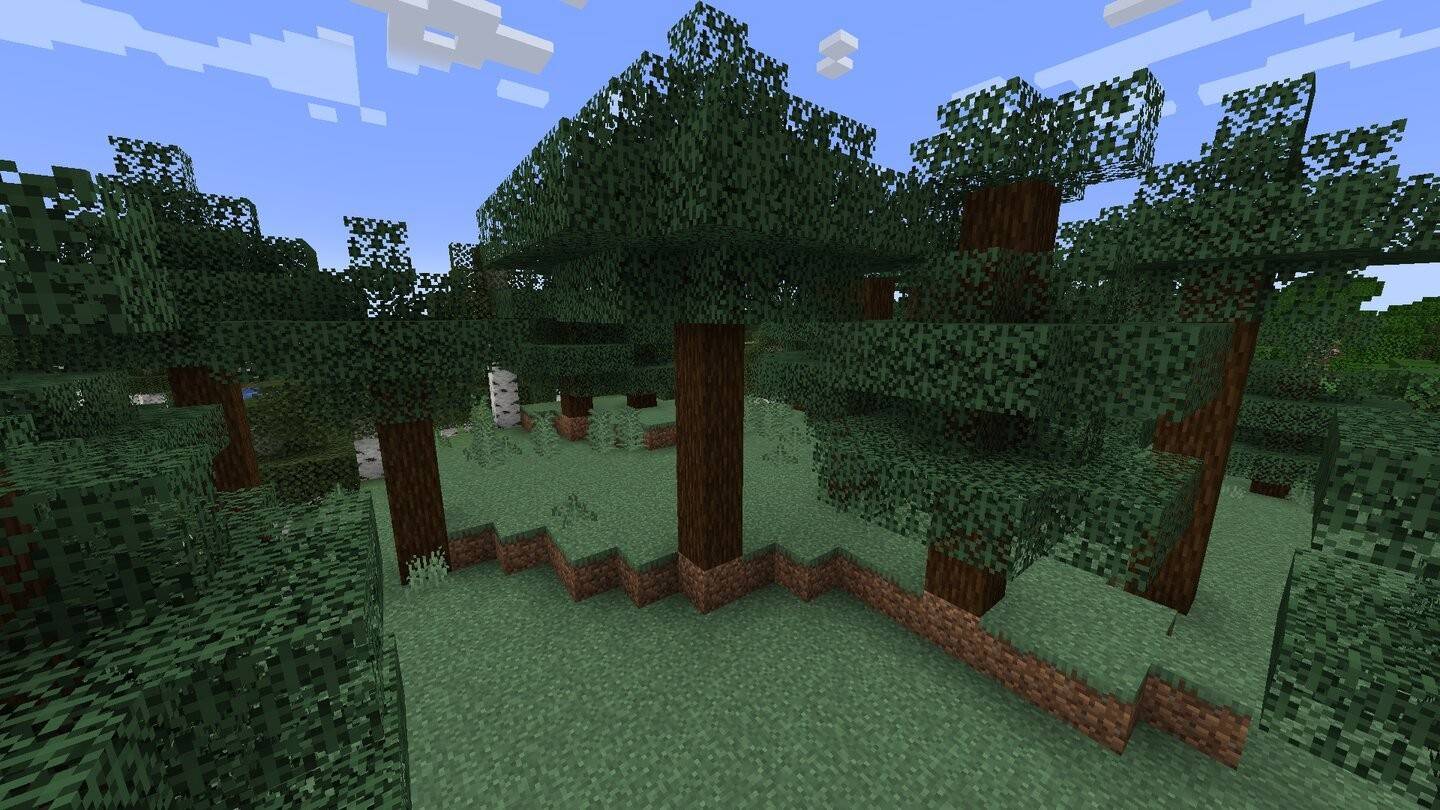 Image: ensigame.com
Image: ensigame.com
Spruce trees, found in taiga and snowy biomes, are taller and ideal for gothic or medieval builds. Their dark wood adds a warm, robust feel to structures like castles and country homes.
Jungle
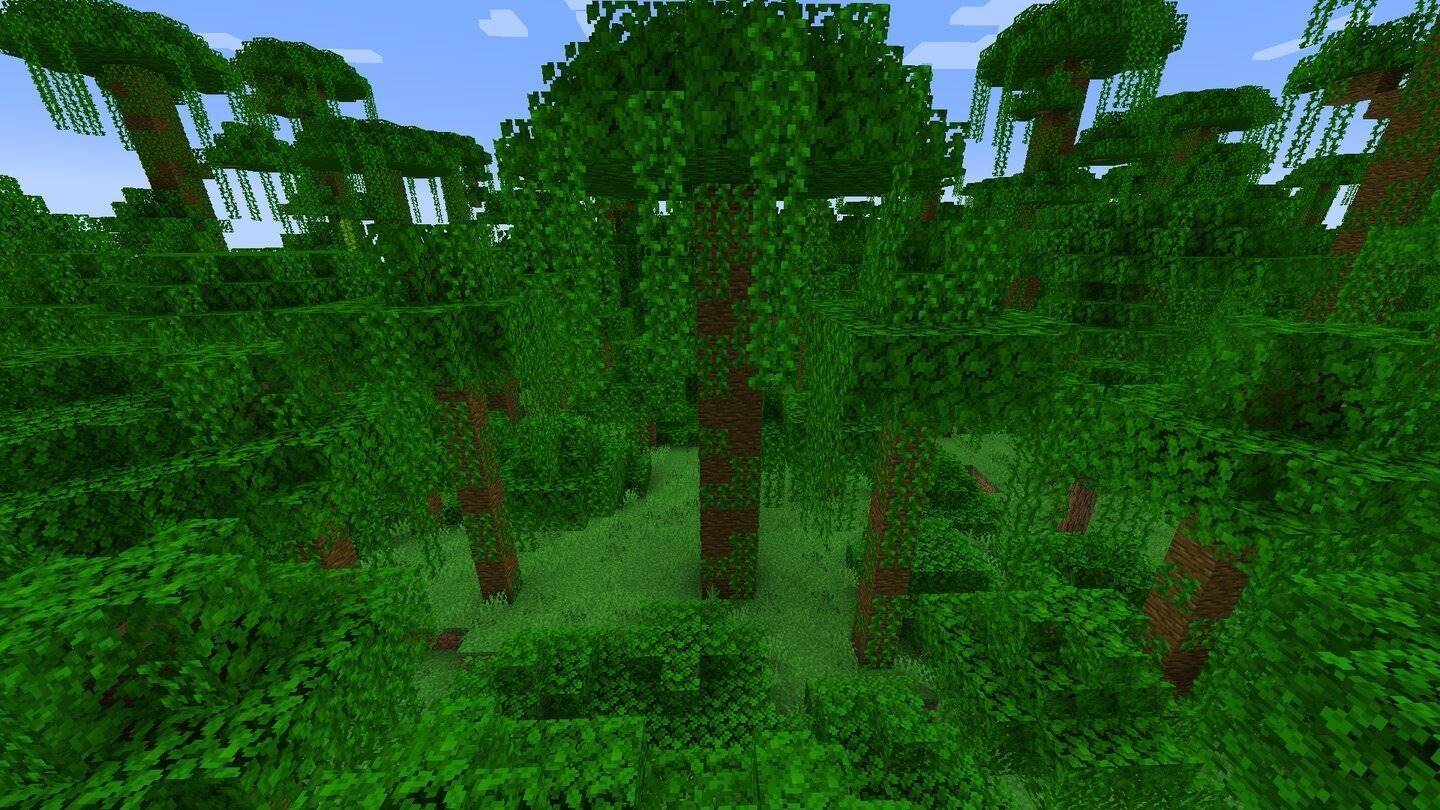 Image: ensigame.com
Image: ensigame.com
Jungle trees, exclusive to jungle biomes, are tall and offer bright wood for decorative purposes. They're also essential for cocoa farming, adding an exotic flair to adventure-themed or pirate builds.
Acacia
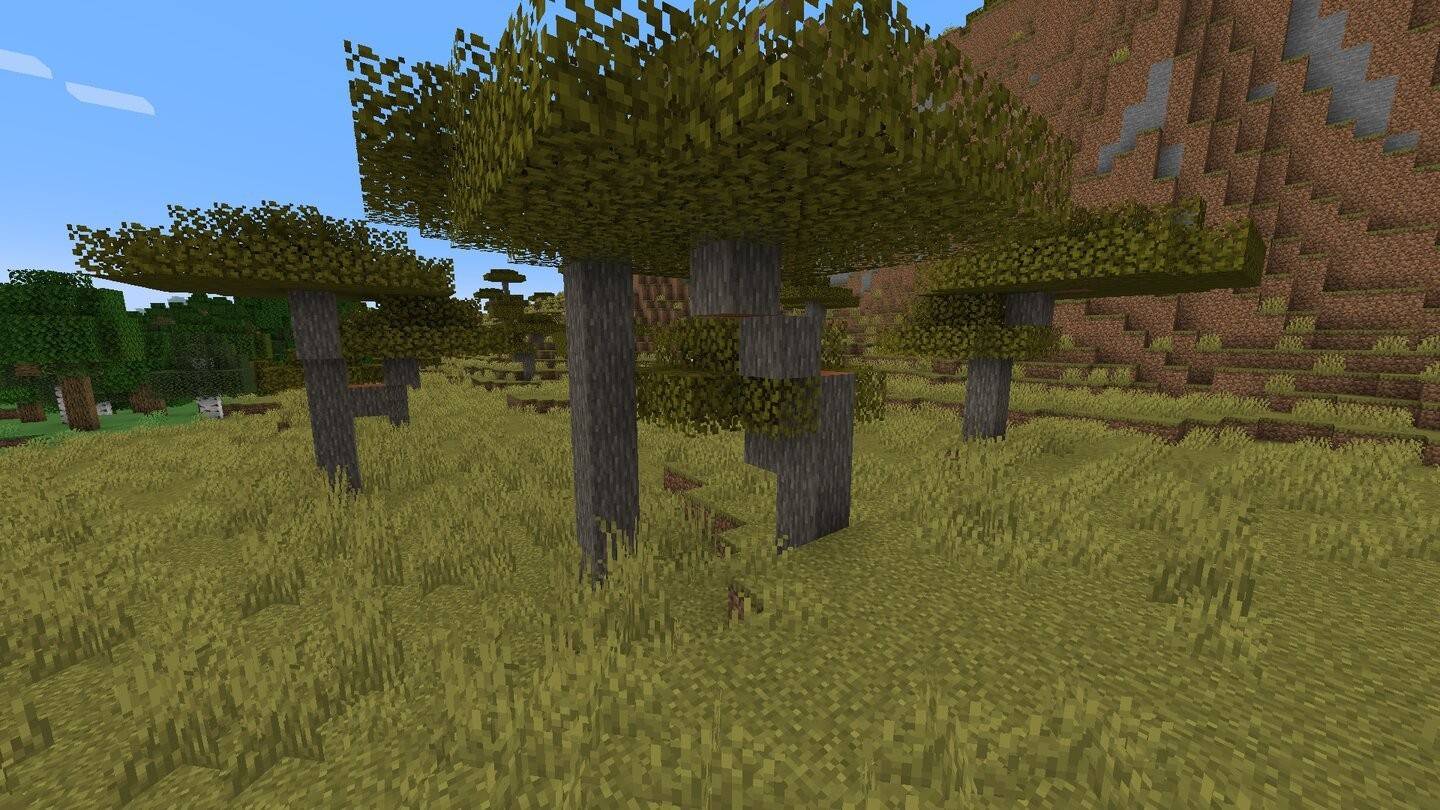 Image: ensigame.com
Image: ensigame.com
Acacia trees, with their reddish tint, grow in savannas and are perfect for ethnic or desert-inspired structures. Their unique horizontal branches add character to any build.
Dark Oak
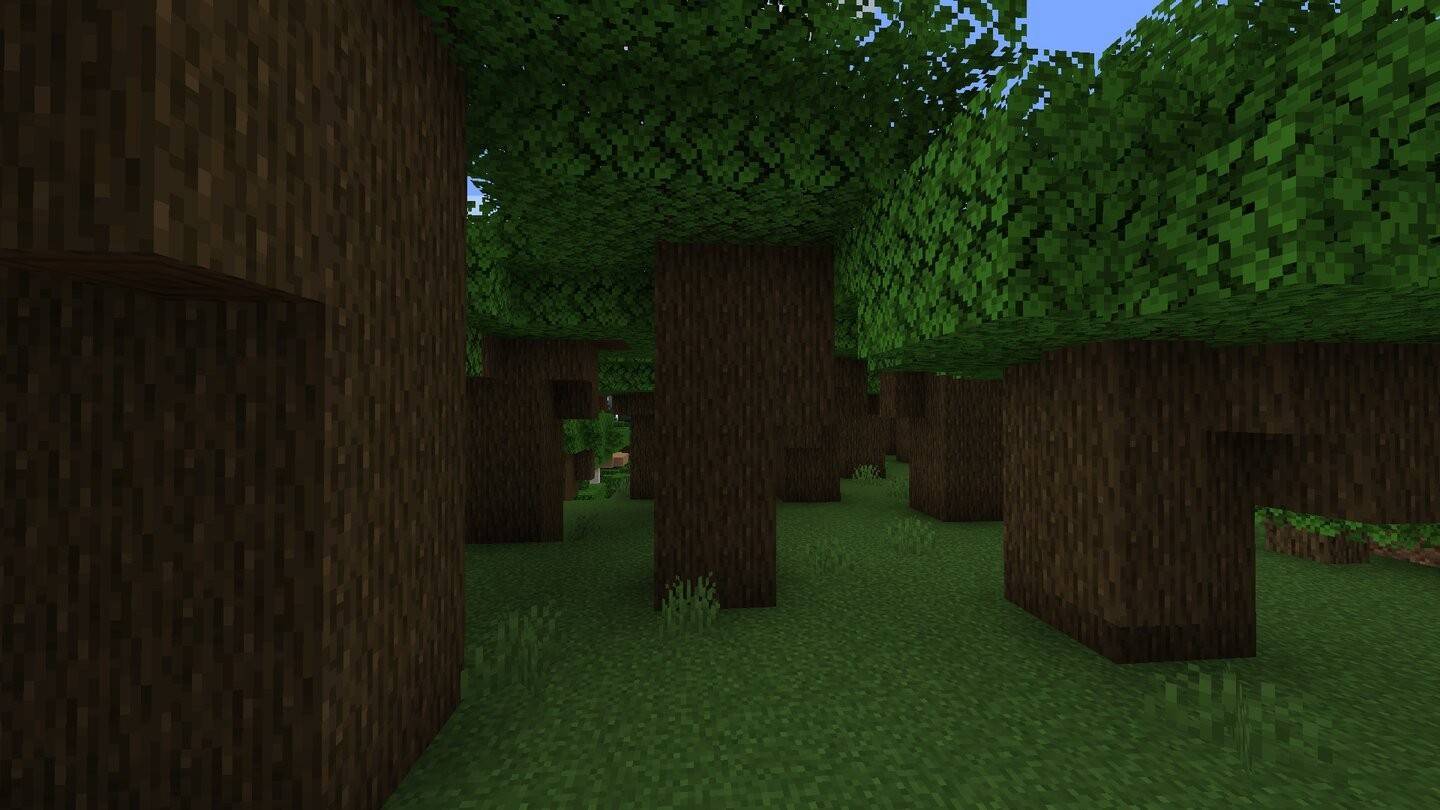 Image: ensigame.com
Image: ensigame.com
Dark oak, found only in Roofed Forest biomes, requires four saplings to plant. Its deep, chocolate-brown shade is ideal for luxurious interiors and medieval structures.
Pale Oak
 Image: ensigame.com
Image: ensigame.com
Pale oak, exclusive to the Pale Garden biome, features gray tones and is covered in pale moss. It pairs well with dark oak, offering contrasting colors for unique builds.
Mangrove
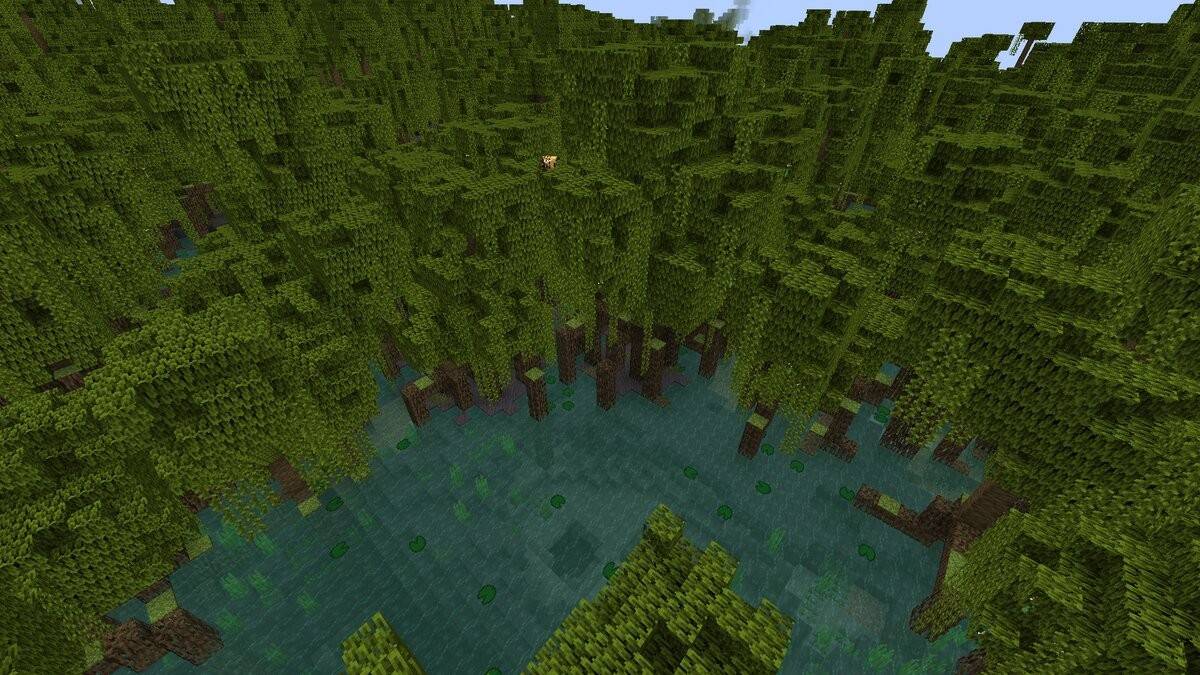 Image: youtube.com
Image: youtube.com
Mangrove trees, found in mangrove swamps, have reddish-brown wood and roots perfect for constructing piers, bridges, or swamp-themed structures.
Warped
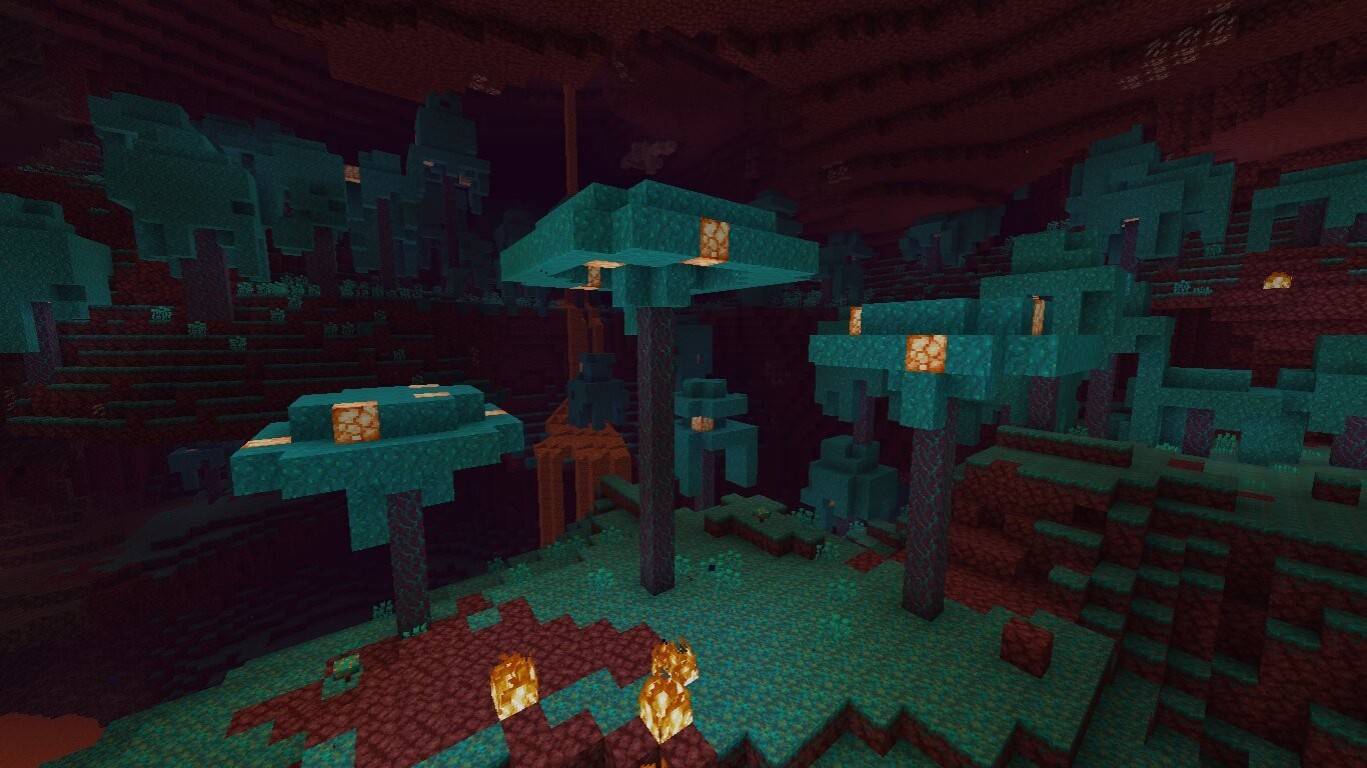 Image: feedback.minecraft.net
Image: feedback.minecraft.net
Warped trees, found in the Nether, have turquoise wood ideal for fantasy-style builds. Their non-flammable nature allows for creative construction in hazardous environments.
Crimson
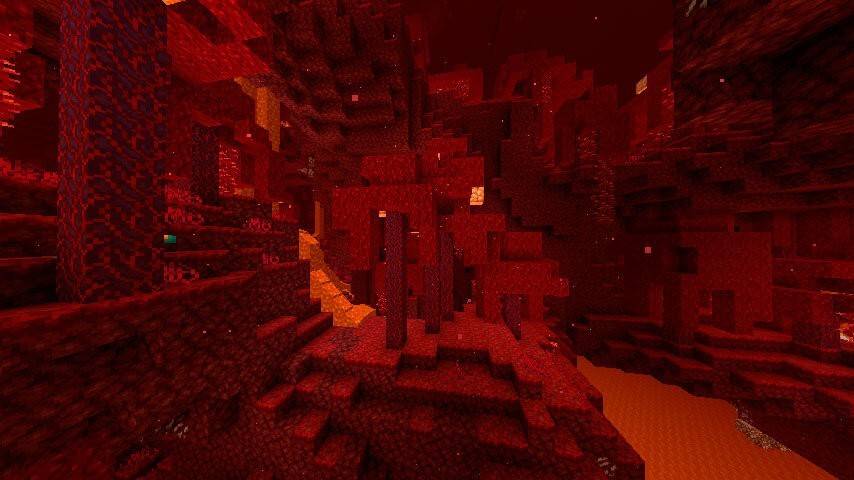 Image: pixelmon.site
Image: pixelmon.site
Crimson trees, also from the Nether, feature red-purple wood suitable for dark or demonic-themed builds. Their non-flammable property makes them versatile for various constructions.
Cherry
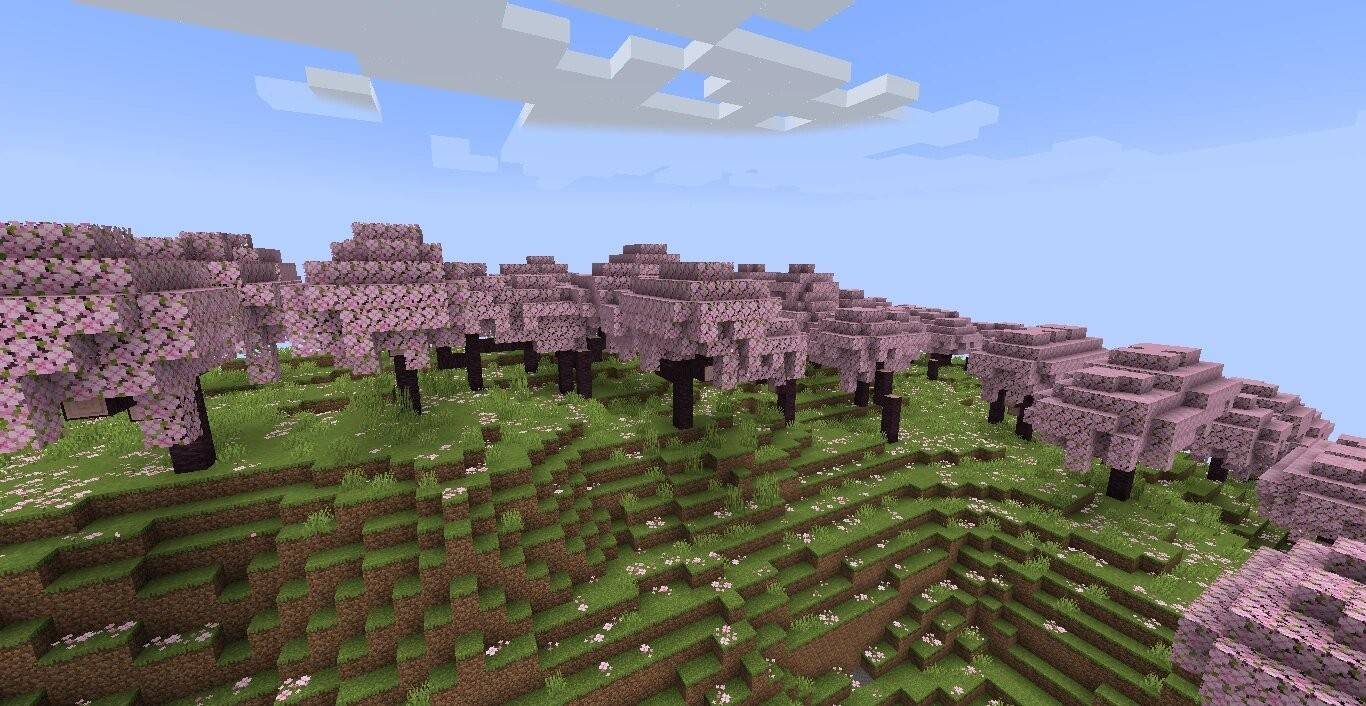 Image: minecraft.fandom.com
Image: minecraft.fandom.com
Cherry trees, found in cherry grove biomes, have bright pink wood and generate falling petal particles, ideal for unique interior designs and atmospheric builds.
Azalea
 Image: ensigame.com
Image: ensigame.com
Azalea trees, similar to oak, grow above lush caves and feature a root system. Their unique flowers add a decorative element to builds.
Wood in Minecraft is not just a resource but the cornerstone of survival and creativity. While any wood type can be used for crafting, the diverse textures and colors available offer endless possibilities for building unique structures. Understanding the characteristics of each tree type allows you to use them effectively in construction, crafting, decoration, and even farming. So, grab your axe, explore the nearest forest, and start crafting your Minecraft masterpieces!








